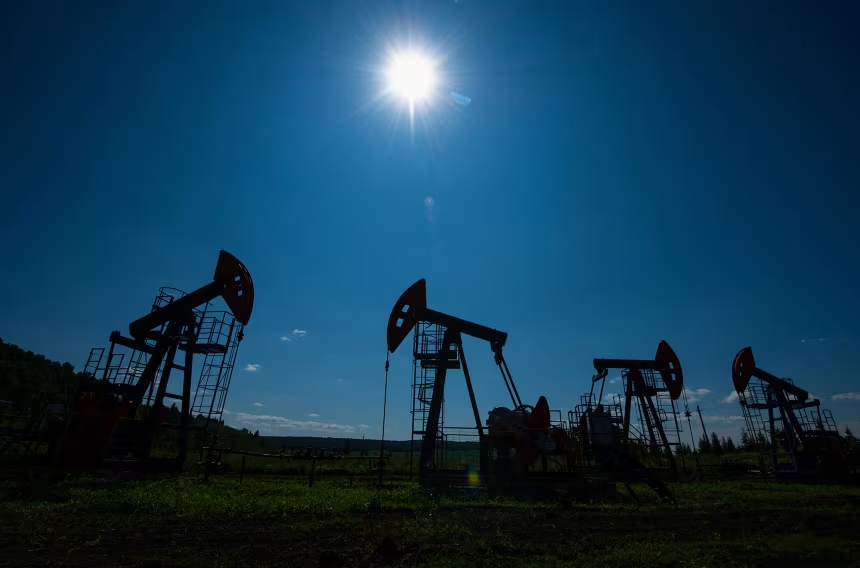OPEC+ has announced plans to raise oil production starting in October, marking an important adjustment in its global energy strategy. The alliance, which includes major producers like Saudi Arabia and Russia, will gradually roll back a second round of earlier supply cuts that totaled 1.65 million barrels per day. The October increase is expected to be at least 135,000 barrels per day, with some insiders suggesting the rise could reach 350,000 barrels depending on demand and market balance.
This decision comes after strong output gains in recent months. In July, OPEC+ added about 411,000 barrels per day, followed by 555,000 in August, and another 547,000 in September. However, slowing demand has led the group to scale back the size of its upcoming boost. While the adjustment may be modest compared to summer levels, it carries significant weight as it reflects a shift in priorities toward defending market share rather than simply supporting prices.
Despite the planned increases, oil prices have remained resilient. Brent crude is holding steady around 65 to 66 dollars per barrel, supported in part by Western sanctions on Russia and Iran. Analysts say the decision to gradually restore production underlines OPEC+’s desire to remain flexible. The group has emphasized that it can pause or reverse production changes at future meetings if global demand patterns shift.
Saudi Arabia is expected to lead the new increase by lifting its daily output from around 9.07 million barrels to nearly 10 million barrels. The kingdom will continue to maintain significant spare capacity, giving it room to adjust quickly if market dynamics change. Other members are expected to follow suit, though with smaller increments.
OPEC+ has scheduled another ministerial meeting for October 5 to reassess global conditions and decide on further adjustments. With autumn approaching, the group faces the delicate task of balancing market stability with its ambition to reclaim influence in the energy sector. The outcome of these moves will be closely watched by traders, investors, and governments worldwide as energy prices remain a central factor in the global economy.


